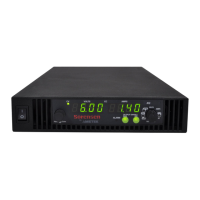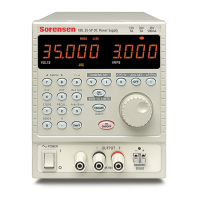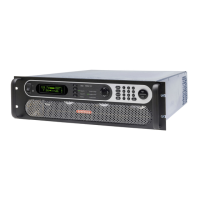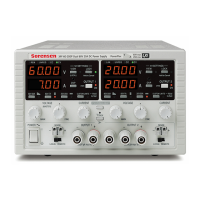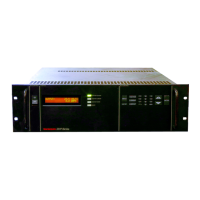Overview DC Asterion Series
2-16 M330460-01 Rev A
Be careful when using published commercial utility wiring codes. These codes are
designed for the internal wiring of homes and buildings and accommodate the safety
factors of wiring loss, heat, breakdown insulation, aging, etc. However, these codes
consider that up to 5% voltage drop is acceptable. Such a loss directly detracts from
the performance specifications of this power source. Also, consider how the wiring
codes apply to bundles of wire within a cable arrangement.
In high performance applications requiring high inrush/ transient currents, additional
consideration is required. The cable wire gauge must accommodate peak currents
developed at peak voltages, which might be up to five times the RMS current values.
An underrated wire gauge adds losses, which alter the inrush characteristics of the
application and thus the expected performance.
Table 2-8 presents wire resistance and resulting cable voltage drop at maximum rated
current, with the wire at 20°C. Copper wire has a temperature coefficient of α =
0.00393Ω/°C at t1 = 20°C, so that at an elevated temperature, t2, the resistance would
be R2 = R1 (1 + α (t2 - t1)).
The output power cables must be large enough to prevent the line voltage drop (total
of both output wires) between the power source and the load from exceeding the
remote sense capability as presented in the specification section. Calculate the
voltage drop using the following formula:
Voltage Drop = 2 × distance-in-feet × cable-resistance-per-foot × current

